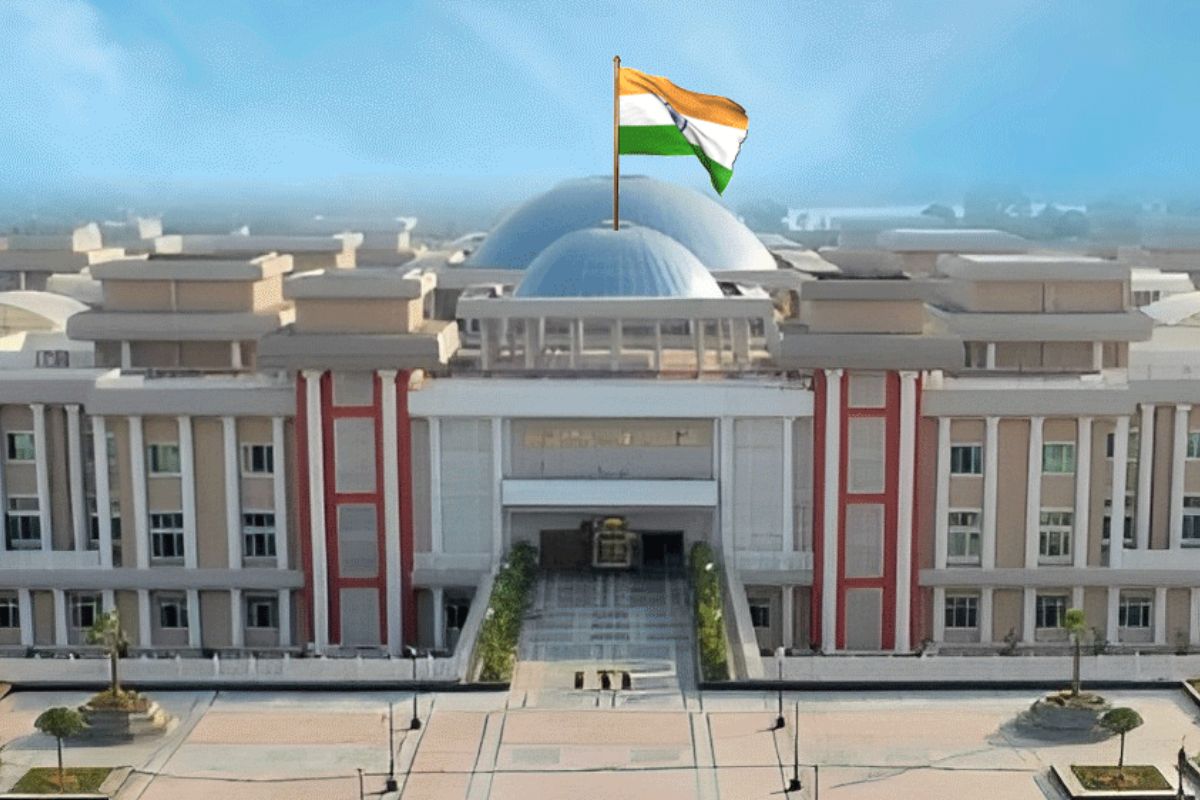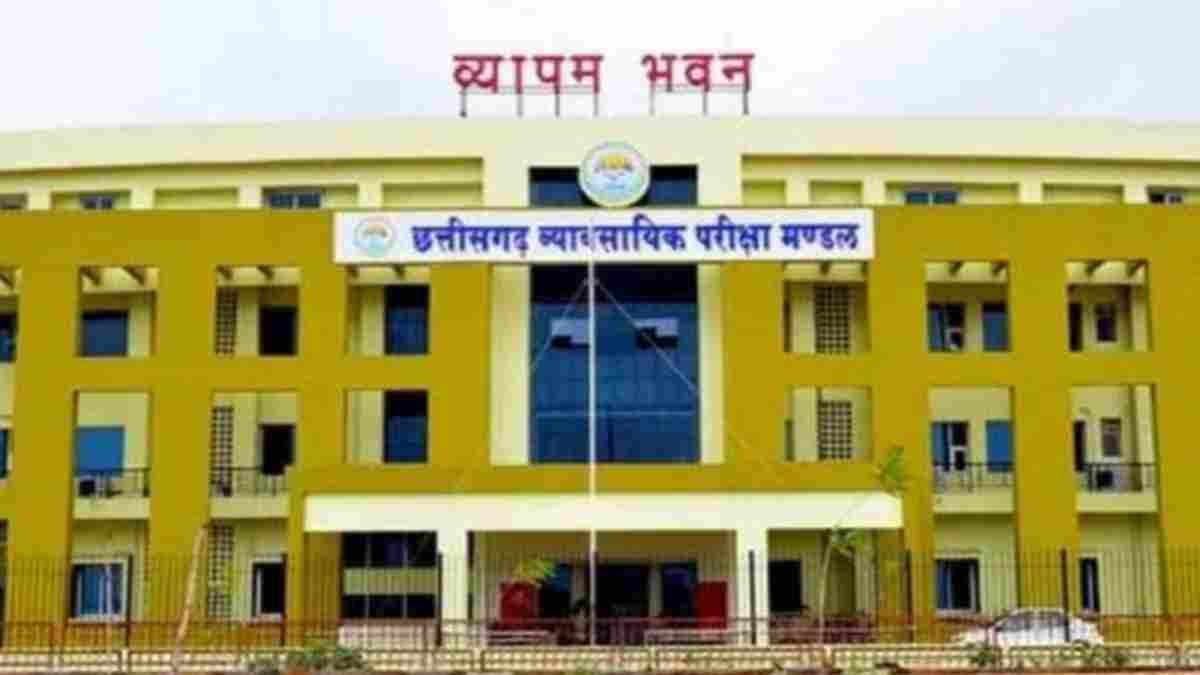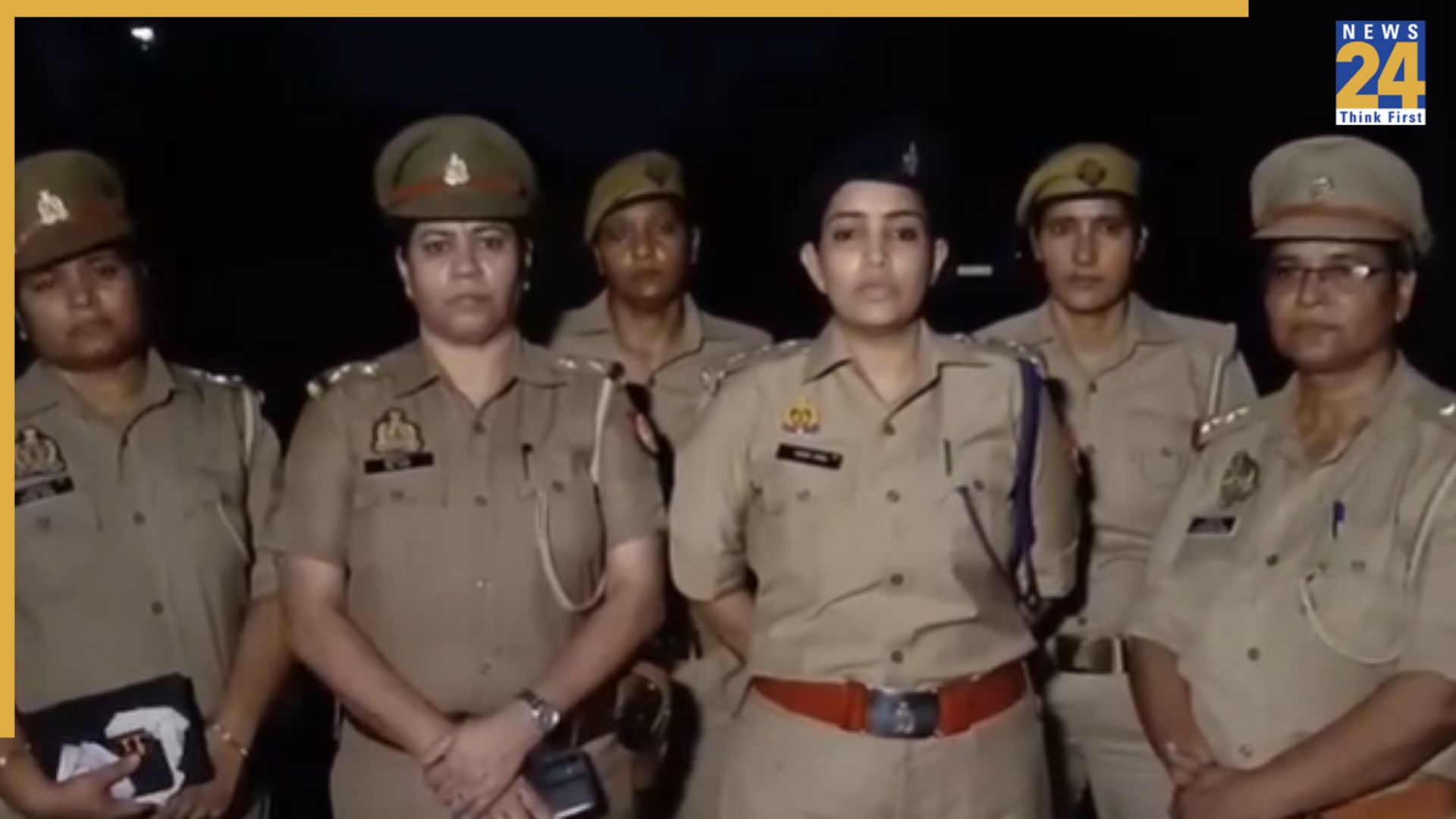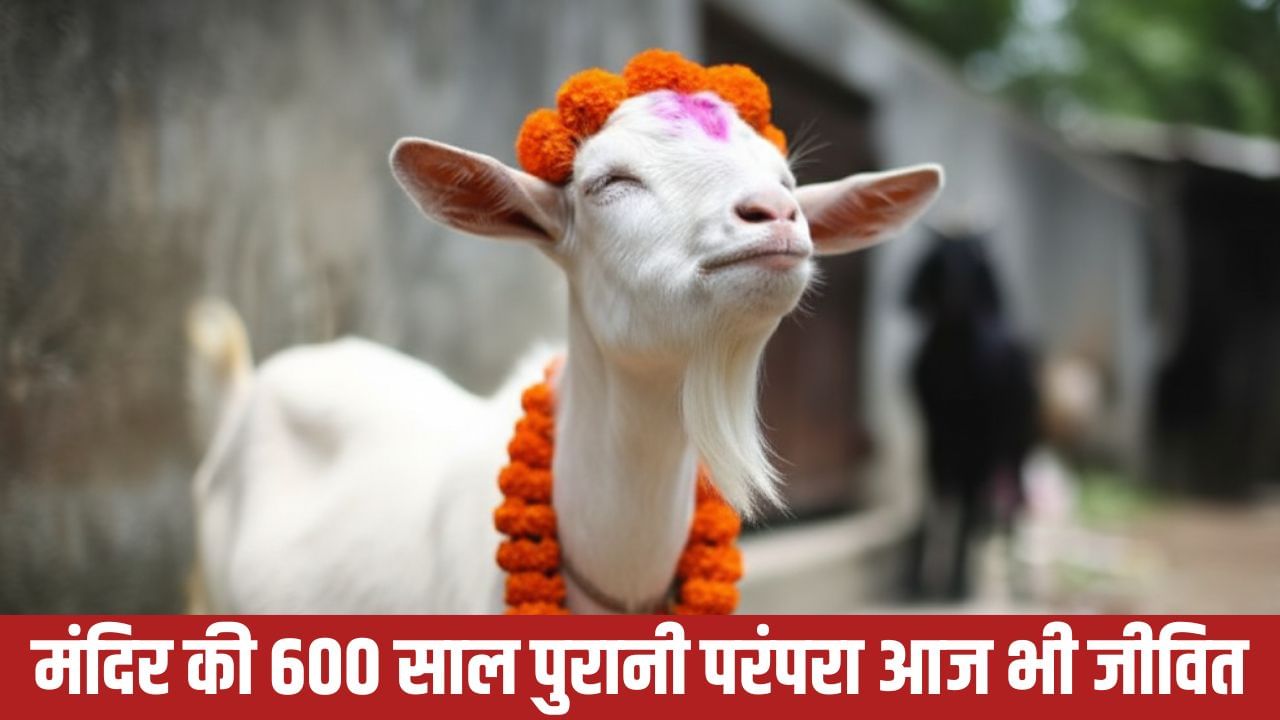Subscribe to Updates
Get the latest creative news from FooBar about art, design and business.
Browsing: Exam Results
The Chhattisgarh Professional Examination Board (CG Vyapam) has released the model answer key for the recently conducted Assistant Extension Officer (AEO) examination.…
Students’ Futures at Stake: Major Errors in 5th and 8th Grade Results, Children Passed Without Exams
1 Min Read
Significant irregularities have surfaced in the examination results of 5th and 8th-grade students in the schools of Pamgarh block. Errors in names,…











